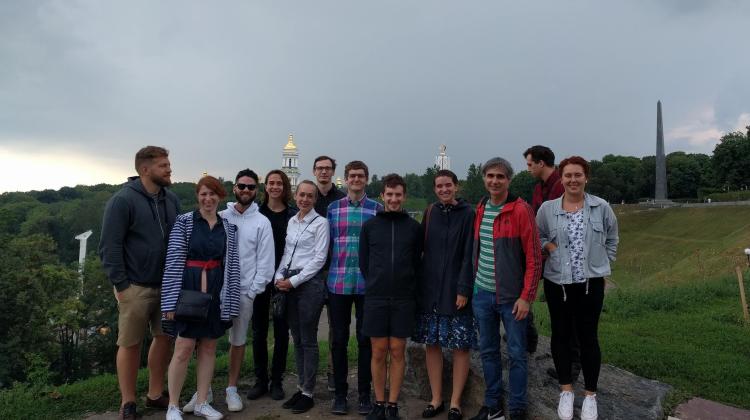Postindustrial Podil: Ukraine in Transformation 2018













Postindustrial Podil: Ukraine in Transformation was a participatory action research project and independent study initiated by Brent D. Ryan in partnership with 2017-18 Fulbright Fellow Anastasiya Ponomaryova from Urban Curators. The project occurred between Spring 2018 and Spring 2019. The project was funded in part by DUSP, MIT SA+P, and MIT LCAU. This practical research aimed to develop new ideas and tools for emerging radical development models, enhanced citizen involvement and power of culture in the transformation of the Podil neighborhood, a historic residential and industrial district on the banks of the Dnipro River, containing signature examples of Soviet constructivist architecture as well as an adaptable and appealing residential and industrial vernacular from the 20C. Urban Curators created the website Post Prom Podil in 2019 on the occasion of the completion of the MIT Independent Study in Kyiv titled “Postindustrial Podil. Ukraine in transformation”. Urban Curators believes this information will be useful for students and professors who were involved in the project and the wider communities in Podil and in the Ukrainian capital city of Kyiv.


